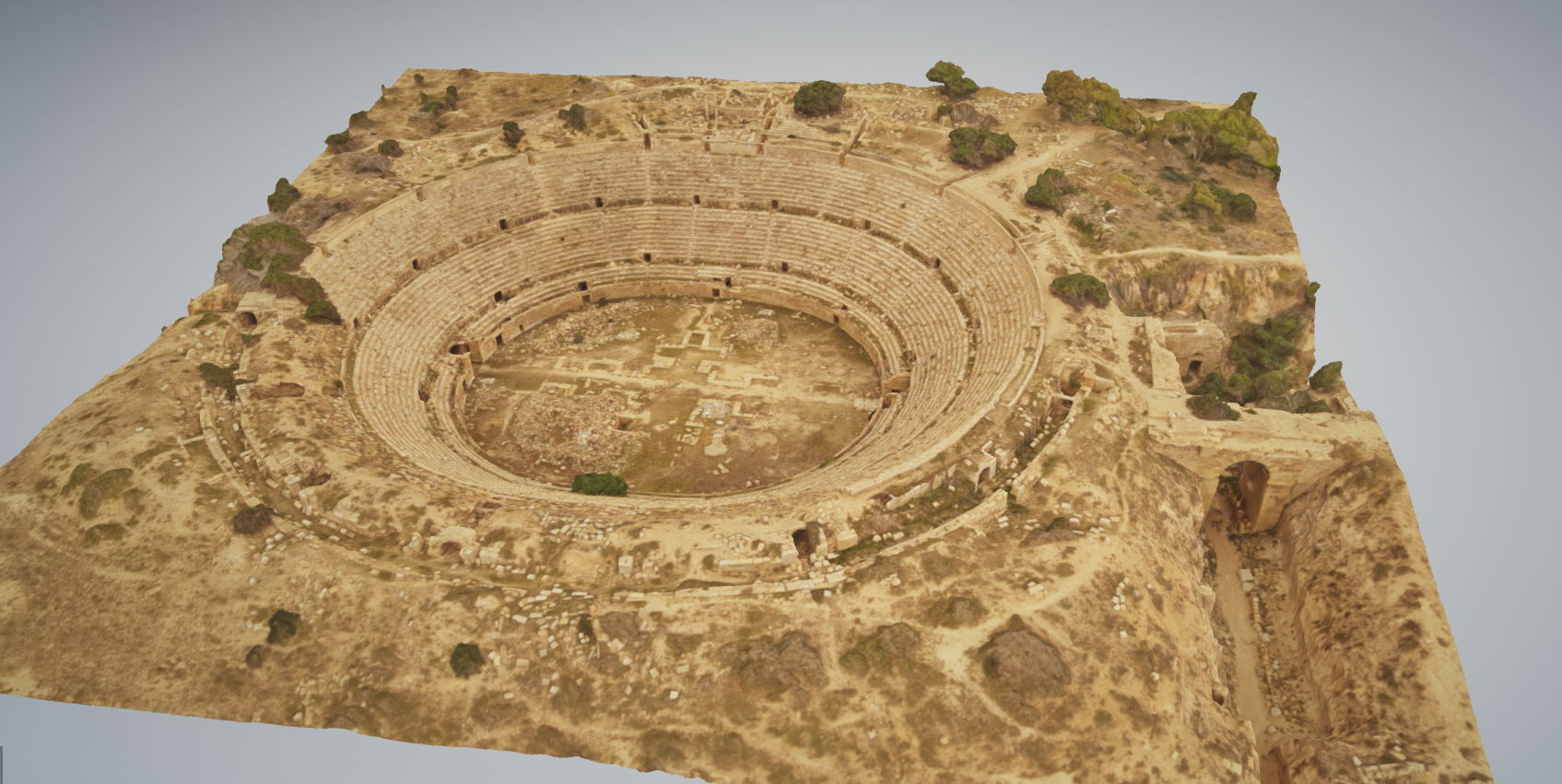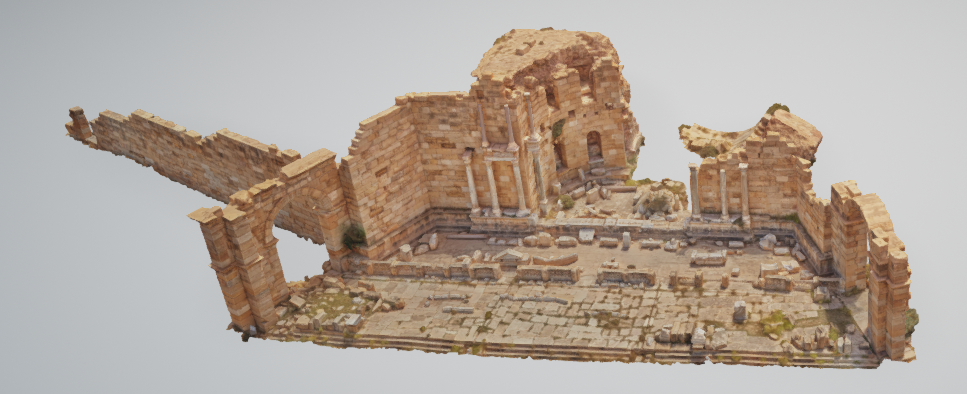
World Heritage Model Post-Processing
Client:
Undisclosed
Industry:
Heritage
Final Product:
3D models for website interaction
Techniques:
Post Processing and cleaning
3D modeling
Minor photogrammetry
Date & Duration:
2023-2024, 1 year
Objective
For this long-term project, the client was looking to have several drone-captured models and images and point clouds processed into models for use on a website. This required cleaning and a great deal of reduction so they would meet the size requirements for online browsing.
Approach
This project was entirely post-production. Models, point clouds, or even just the images were provided by the client and these were processed into textured 3D models. Using Agisoft Metashape, these were then reduced as much as possible while keeping as much detail as possible. Often these models began with sizes around 1GB and required reduction to around 5MB, which required a lot of specialised work.
Once the models were reduced, they were exported from Metashape and imported into software such as Blender for final cleaning. Versions were also required with the buildings or features alone and the ground removed. Some models required additional 3D modeling, such as adding the ocean along the coastline, or reconstructing areas that did not come out well because of the way the photography was taken.
Outcome
22 models of structures from world heritage sites around the world were delivered in pre-specified file formats for uploading onto the website. Alternative versions of each were also provided without the surrounding ground for integration onto a ‘globe’ experience.
Innovation
Excessive trial and testing was done to find the best way to reduce such large models to a very small requirement while not losing quality. Once this process was perfected, it became quite streamlined and can now be utilised for future projects when reduction is required.





